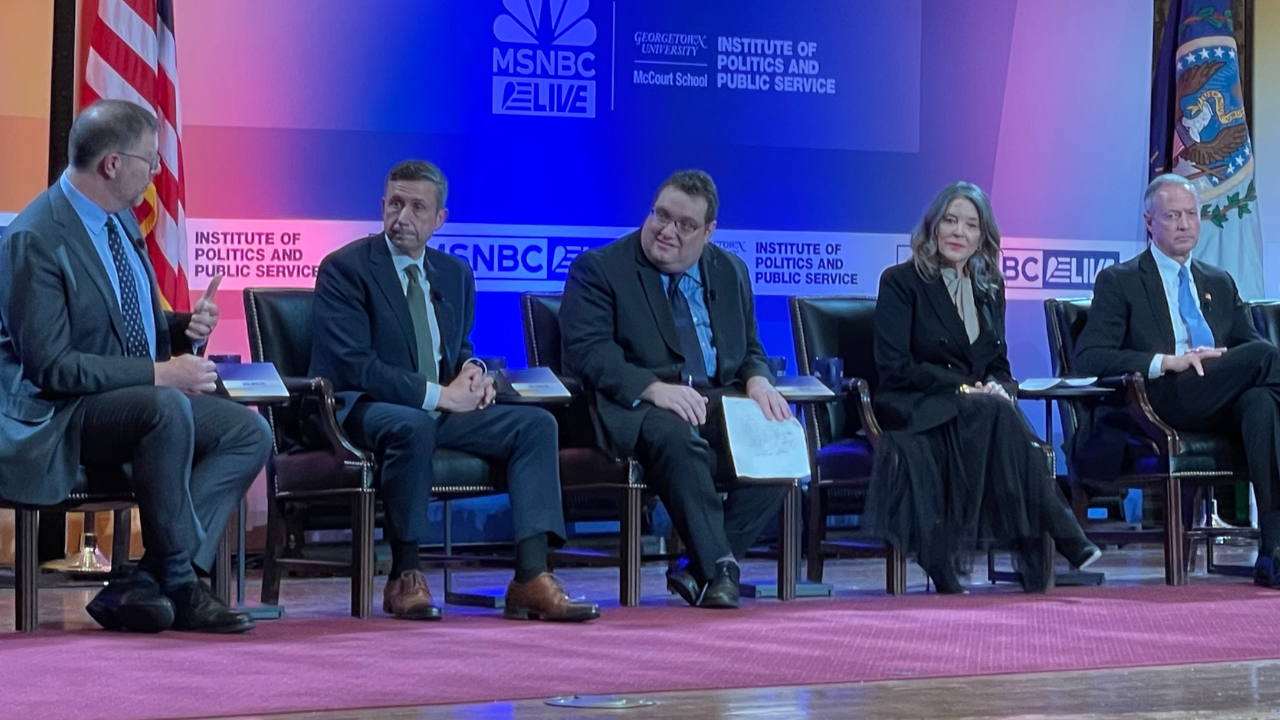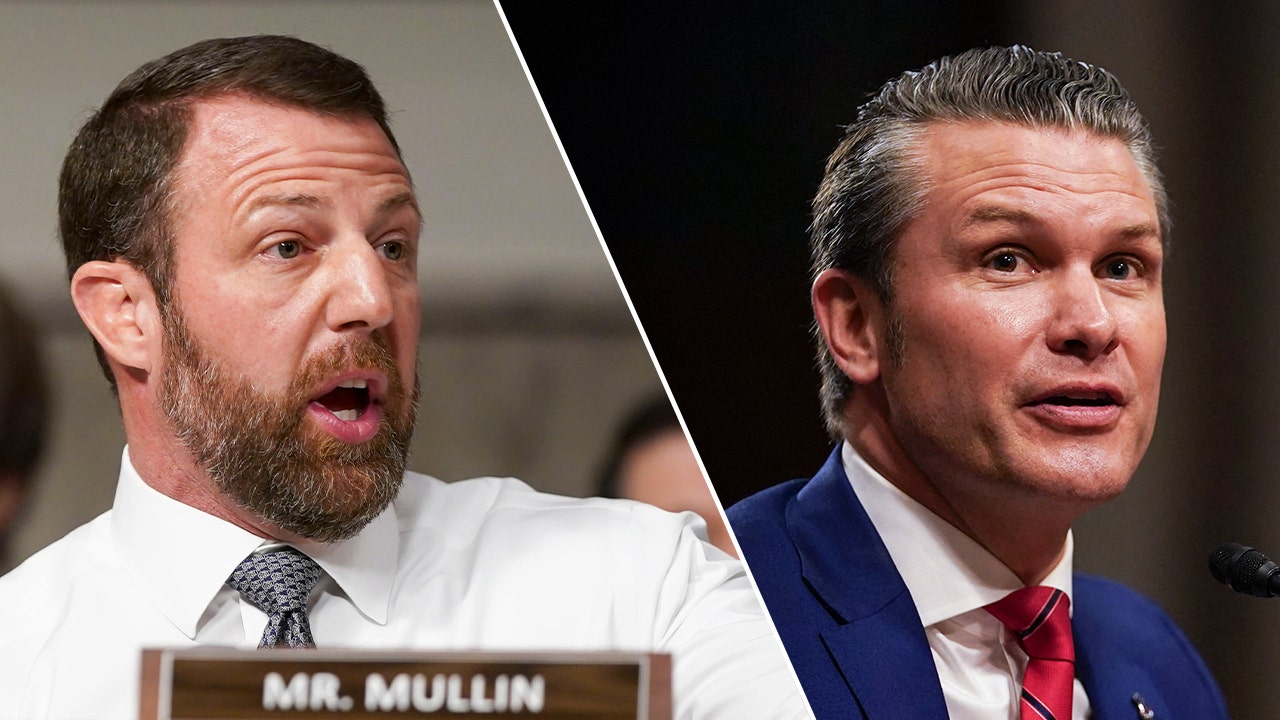The recommendations could address budget challenges districts are facing due to causes including recent high inflation, the end of federal pandemic relief funds, and the rising costs of special education and student transportation.
“There are few issues as important as ensuring we have well-funded, high-quality public schools for all of our children, no matter what communities they live in,” Lewis said. “Even though the inflation rate has come down to more manageable levels, we had several years where inflation was quite high, and that has a real impact on school districts.”
Lewis helped lead the creation of the Student Opportunity Act, passed in 2019, which will add more than $1.5 billion to school budgets by 2027. Most of the new money has gone to Gateway Cities such as Springfield, Worcester, and Lawrence, which serve disproportionate numbers of high-needs students and depend heavily on state education funding. The law has also ensured all districts receive at least $30 more per student each year.
But that financial boost has been greatly eroded by inflation: its annual inflation cap is 4.5 percent, but inflation in the wake of the pandemic surged to more than 7 percent. It has since come back down, but the gap it created in district finances remains. Teachers and other school staff continue to seek raises to keep pace with the cost of living, including through increasingly frequent strikes.
School leaders, teachers unions, and advocates have called for the state to cover the gap created by inflation. Lewis’s proposal appears to have early bipartisan support; Senate minority leader Bruce Tarr is a cosponsor of the bill, while Senate President Karen Spilka said in her inaugural address earlier this month she hopes to tackle school funding this year.
Ed Lambert, director of the Massachusetts Business Alliance for Education, said it made sense to try to address some of the challenges identified by Lewis, but said the state should not just be focused on how much money it provides districts.
“We need to really be prioritizing, along with how the money is distributed, how the money is being spent,” Lambert said. “If they’re not spending it on evidence-based practices … you can change the formula all you want, it’s not going to make a difference.”
Lambert’s group is one of those that would get a seat on the commission, according to the bill.
Other drivers of rising costs include special education, particularly the $1 billion-plus Massachusetts districts spend to send students with disabilities to specialized campuses, including private special education schools. The cost of transporting students — also often to special education schools — has also risen significantly.
Making district finances more difficult is the state’s property tax cap, which limits increases to 2.5 percent annually unless voters approve an override at the polls. Dozens of communities have sought overrides in the last two years — often unsuccessfully.
Colin Jones, deputy policy director for the Massachusetts Budget and Policy Center, a progressive think tank that would get a seat on the commission, said in a statement his group has not taken a position on the bill, but immediate action is also necessary.
“Over the past five years, the Student Opportunity Act has added $1 billion in school funding across Massachusetts,“ Jones said. ”Even with that incredible progress, it is a fitting time to have a systemic review of K-12 funding.”
Lewis acknowledged the budget challenges go beyond the schools, and said he would also support reexamining how the state distributes other local aid, but education is his priority.
“The school budgets are typically by far the largest part of municipal budgets, so if a community is looking to have to make budget cuts, that’s often going to fall disproportionately on the schools,” he said.
This year also marked the end of federal pandemic relief funds, which infused more than $2 billion into Massachusetts schools since 2020. That money was always known to be temporary, but it was used to “shore up the finances of many districts,” Lewis said. Other districts spent it on new staff, including tutors and extra classroom aides, to help their students, who are still behind their pre-pandemic peers.
Lewis noted the commission would take years to produce a new school funding formula and said the state should try to provide more funds to school districts on an annual basis in the meantime.
According to the bill text, the commission would also consider whether to remove the inflation cap on state aid, how to fund special education and transportation appropriately, and how to adapt to many districts losing enrollment, given state aid is largely allocated based on enrollment, except the state does not cut aid to districts with falling populations.
That could even include examining areas of potential cost savings, Lewis said, such as having small districts with declining enrollment share resources or consolidate.
The commission would include members of both parties in the state Legislature, the state education department, teachers unions, various municipal and school associations, and five appointees of the governor.
The commission would also consider removing or altering a requirement for the state to assist even the wealthiest towns with their school budgets. The state calculates a “foundation budget” required to adequately educate the community’s students (though districts can and do spend more) and funds at least 17.5 percent of the foundation budget for every district.
Lambert said the commission should address that provision as well as the annual per-student increase received by every district, as both run counter to the system’s goal of sending more needs-based aid to needier districts.
Christopher Huffaker can be reached at christopher.huffaker@globe.com. Follow him @huffakingit.































